1. Seftel AD, de la Rosette J, Birt J, Porter V, Zarotsky V, Viktrup L. Coexisting lower urinary tract symptoms and erectile dysfunction: a systematic review of epidemiological data. Int J Clin Pract. 2013; 67:32–45. PMID:
23082930.

2. Boyle P, Robertson C, Mazzetta C, Keech M, Hobbs R, Fourcade R, et al. The association between lower urinary tract symptoms and erectile dysfunction in four centres: the UrEpik study. BJU Int. 2003; 92:719–725. PMID:
14616454.

3. Braun MH, Sommer F, Haupt G, Mathers MJ, Reifenrath B, Engelmann UH. Lower urinary tract symptoms and erectile dysfunction: co-morbidity or typical “Aging Male” symptoms? Results of the “Cologne Male Survey”. Eur Urol. 2003; 44:588–594. PMID:
14572759.

4. Brookes ST, Link CL, Donovan JL, McKinlay JB. Relationship between lower urinary tract symptoms and erectile dysfunction: results from the Boston Area Community Health Survey. J Urol. 2008; 179:250–255. discussion 255. PMID:
18001787.

5. Rosen R, Altwein J, Boyle P, Kirby RS, Lukacs B, Meuleman E, et al. Lower urinary tract symptoms and male sexual dysfunction: the multinational survey of the aging male (MSAM-7). Eur Urol. 2003; 44:637–649. PMID:
14644114.

6. Oelke M, Bachmann A, Descazeaud A, Emberton M, Gravas S, Michel MC, et al. ; European Association of Urology. EAU guidelines on the treatment and follow-up of non-neurogenic male lower urinary tract symptoms including benign prostatic obstruction. Eur Urol. 2013; 64:118–140. PMID:
23541338.
7. Song WH, Park J, Yoo S, Oh S, Cho SY, Cho MC, et al. Changes in the prevalence and risk factors of erectile dysfunction during a decade: the Korean Internet Sexuality Survey (KISS), a 10-year-interval web-based survey. World J Mens Health. 2019; 37:199–209. PMID:
30588782.

8. Hovstadius B, Petersson G. Factors leading to excessive polypharmacy. Clin Geriatr Med. 2012; 28:159–172. PMID:
22500536.

9. Sergi G, De Rui M, Sarti S, Manzato E. Polypharmacy in the elderly: can comprehensive geriatric assessment reduce inappropriate medication use? Drugs Aging. 2011; 28:509–518. PMID:
21721596.
10. Kim SW, Park NC, Lee SW, Yang DY, Park JK, Moon DG, et al. Efficacy and safety of a fixed-dose combination therapy of tamsulosin and tadalafil for patients with lower urinary tract symptoms and erectile dysfunction: results of a randomized, double-blinded, active-controlled trial. J Sex Med. 2017; 14:1018–1027. PMID:
28760246.

12. Kirby M, Chapple C, Jackson G, Eardley I, Edwards D, Hackett G, et al. Erectile dysfunction and lower urinary tract symptoms: a consensus on the importance of co-diagnosis. Int J Clin Pract. 2013; 67:606–618. PMID:
23617950.

13. Krueger KP, Berger BA, Felkey B. Medication adherence and persistence: a comprehensive review. Adv Ther. 2005; 22:313–356. PMID:
16418141.

14. Park HJ. The role of the urologist in men's health. World J Mens Health. 2017; 35:57–58. PMID:
28868815.

15. Kim TH, You HW, Park JH, Lee JG, Choo MS, Park WH, et al. Persistence of solifenacin therapy in patients with overactive bladder in the clinical setting: a prospective, multicenter, observational study. Int J Clin Pract. 2016; 70:351–357. PMID:
27028673.

16. Kim TH, Choo MS, Kim YJ, Koh H, Lee KS. Drug persistence and compliance affect patient-reported outcomes in overactive bladder syndrome. Qual Life Res. 2016; 25:2021–2029. PMID:
26701707.

17. Koh JS, Cho KJ, Kim HS, Kim JC. Twelve-month medication persistence in men with lower urinary tract symptoms suggestive of benign prostatic hyperplasia. Int J Clin Pract. 2014; 68:197–202. PMID:
24372906.

18. Hatzichristou D, d'Anzeo G, Porst H, Buvat J, Henneges C, Rossi A, et al. Tadalafil 5 mg once daily for the treatment of erectile dysfunction during a 6-month observational study (EDATE): impact of patient characteristics and comorbidities. BMC Urol. 2015; 15:111. PMID:
26563171.

19. Shiovitz TM, Bain EE, McCann DJ, Skolnick P, Laughren T, Hanina A, et al. Mitigating the effects of nonadherence in clinical trials. J Clin Pharmacol. 2016; 56:1151–1164. PMID:
26634893.

20. Abdel-Hamid IA, Ali OI. Delayed ejaculation: pathophysiology, diagnosis, and treatment. World J Mens Health. 2018; 36:22–40. PMID:
29299903.

21. Lee LK, Goren A, Boytsov NN, Donatucci CF, McVary KT. Treatment satisfaction among men with concurrent benign prostatic hyperplasia and erectile dysfunction treated with tadalafil or other phosphodiesterase type-5 inhibitor combinations. Patient Prefer Adherence. 2016; 10:1205–1215. PMID:
27471377.

22. Won JE, Chu JY, Choi HC, Chen Y, Park HJ, Dueñas HJ. Safety and effectiveness of once-daily tadalafil (5 mg) therapy in Korean men with benign prostatic hyperplasia/lower urinary tract symptoms in a real-world clinical setting: results from a post-marketing surveillance study. World J Mens Health. 2018; 36:161–170. PMID:
28879692.

23. Porst H, Rajfer J, Casabé A, Feldman R, Ralph D, Vieiralves LF, et al. Long-term safety and efficacy of tadalafil 5 mg dosed once daily in men with erectile dysfunction. J Sex Med. 2008; 5:2160–2169. PMID:
18557812.

24. Rajfer J, Aliotta PJ, Steidle CP, Fitch WP 3rd, Zhao Y, Yu A. Tadalafil dosed once a day in men with erectile dysfunction: a randomized, double-blind, placebo-controlled study in the US. Int J Impot Res. 2007; 19:95–103. PMID:
16871272.

25. Yu KD, Zhou Y, Liu GY, Li B, He PQ, Zhang HW, et al. A prospective, multicenter, controlled, observational study to evaluate the efficacy of a patient support program in improving patients' persistence to adjuvant aromatase inhibitor medication for postmenopausal, early stage breast cancer. Breast Cancer Res Treat. 2012; 134:307–313. PMID:
22527106.

26. Sawada N, Uchida H, Suzuki T, Watanabe K, Kikuchi T, Handa T, et al. Persistence and compliance to antidepressant treatment in patients with depression: a chart review. BMC Psychiatry. 2009; 9:38. PMID:
19531229.

27. Emanuel EJ, Dubler NN. Preserving the physician-patient relationship in the era of managed care. JAMA. 1995; 273:323–329. PMID:
7815662.

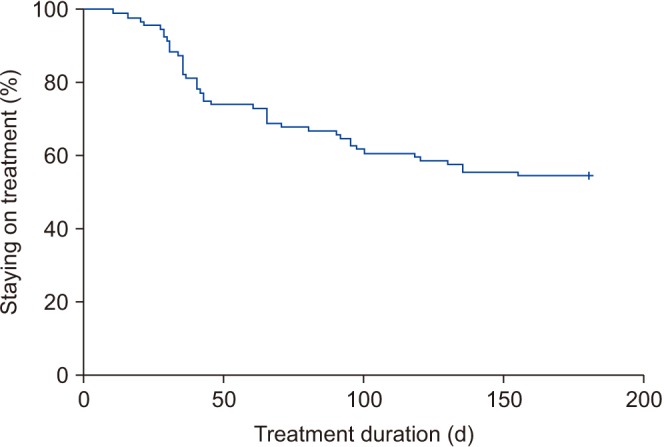
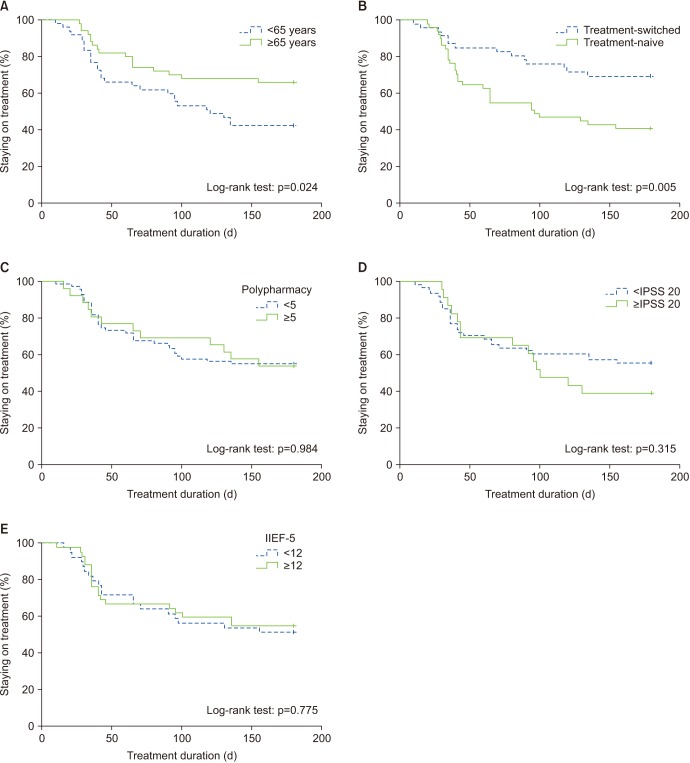
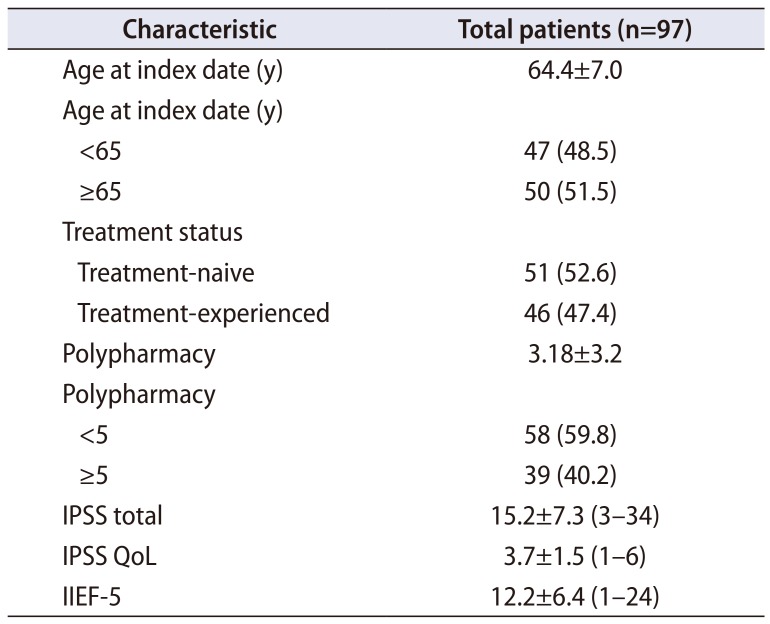
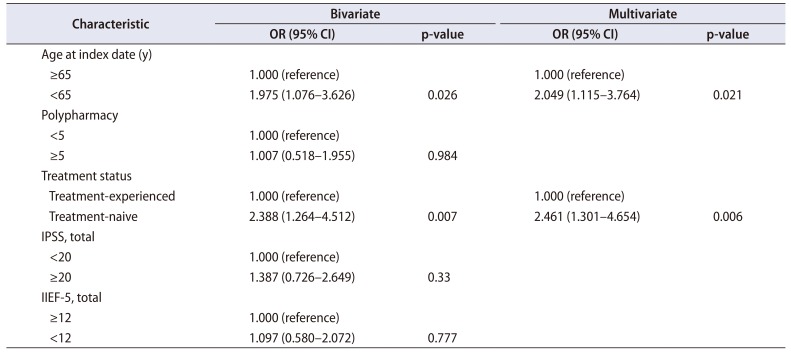
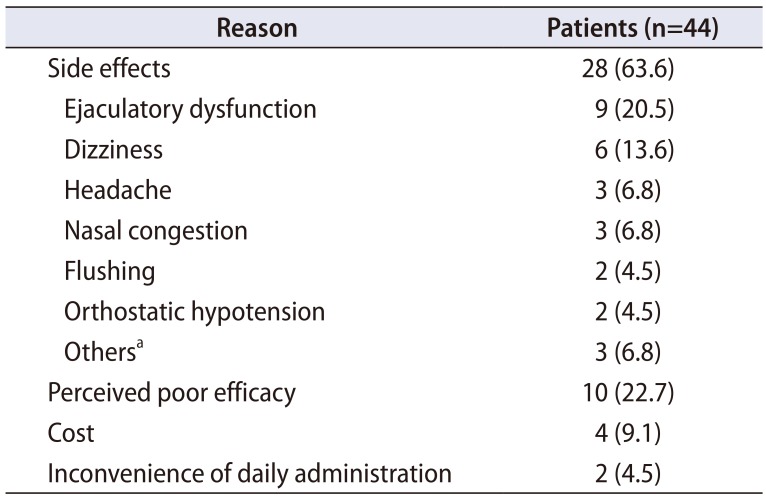




 PDF
PDF ePub
ePub Citation
Citation Print
Print



 XML Download
XML Download